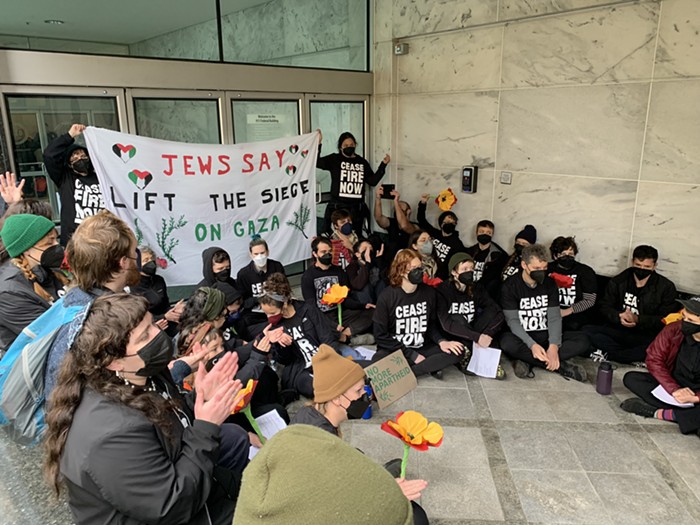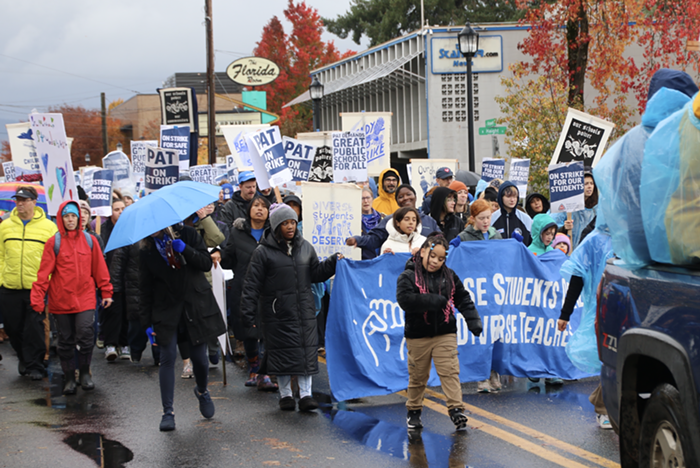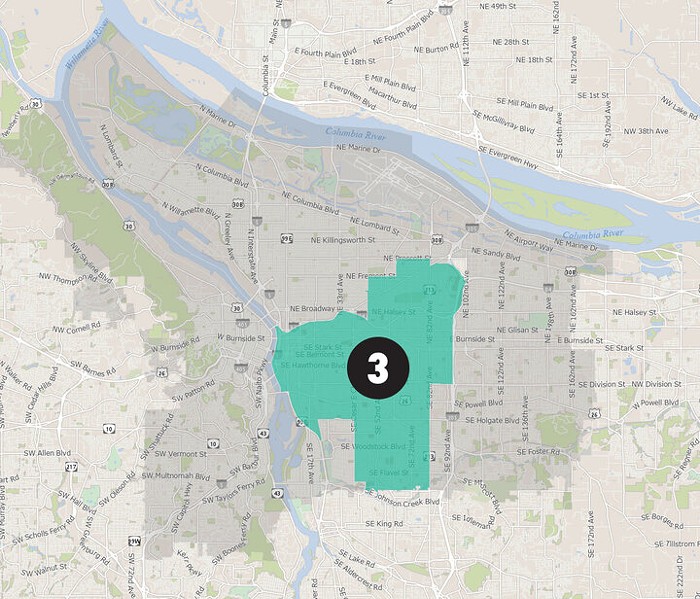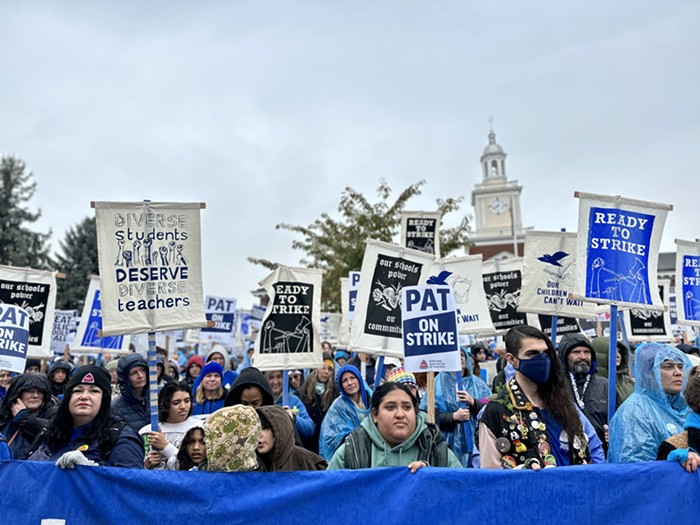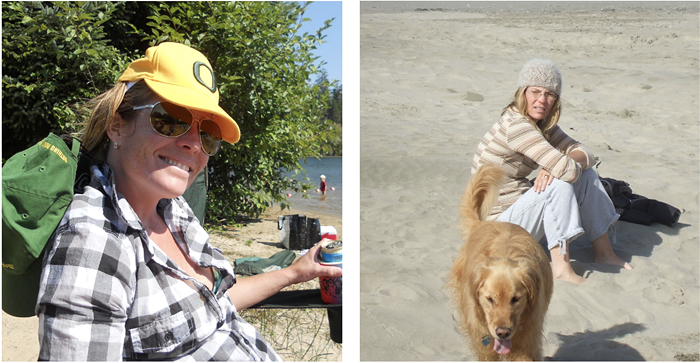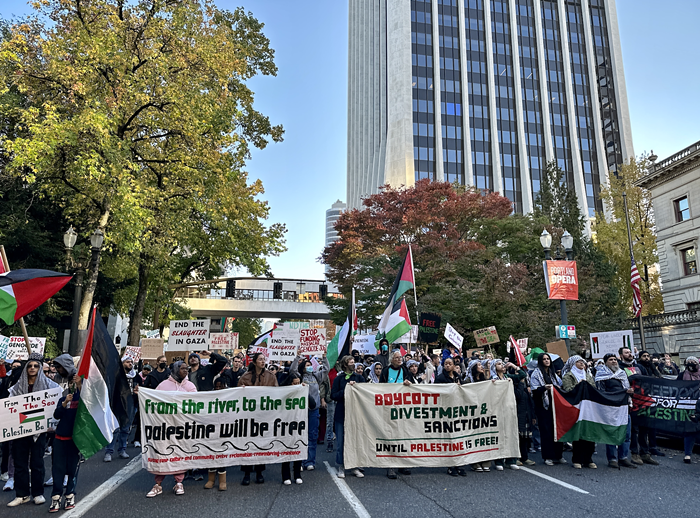
Oregon’s congressional representatives have offered to help the Oregon Department of Transportation (ODOT) secure federal funding for the controversial Rose Quarter expansion of Interstate 5, but only if the project includes freeway caps.
In a letter sent to Governor Kate Brown on Thursday, Senators Ron Wyden, Jeff Merkley, and Congressman Earl Blumenauer criticized the current I-5 expansion plans for not fully supporting the revitalization of the Albina neighborhood—the historically Black neighborhood that was partially destroyed and bisected by the original construction of I-5 in the early 1960s. While the Rose Quarter project was initiated to address the corridor’s bottleneck and congestion issues, ODOT has been encouraged to use the project to deliver some restorative justice to Portland’s Black community.
“In its current iteration, the plan for the Rose Quarter Improvement Project from Oregon Department of Transportation (ODOT) does not take advantage of the opportunity to reconnect a community divided by a freeway to help ensure economic opportunities and a more equitable future,” the letter states. “This project has the potential to be truly transformational — adding multiple blocks of retail, green space, and housing to revitalize an area that has previously been defined by bottlenecked traffic headed in and out of the state.”
The proposed freeway caps—or overpasses built over the freeway to connect the streets interrupted by I-5—have been a key point of controversy during the Rose Quarter design process. Albina Vision Trust (AVT), an organization supporting the revitalization of the neighborhood, originally partnered with ODOT in early 2020 with the intention of collaborating on a freeway cap design. AVT wants the caps to serve as a way for ODOT to return a portion of the land that was destroyed by the original development of I-5 back to the Albina community. For AVT, that means the caps must be strong enough to support multi-level apartment buildings and substantial community centers in order to create a thriving neighborhood over the freeway.
But, ODOT’s plan suggests building less expensive caps that could support two-story buildings. AVT ended its partnership with ODOT over the design difference in June 2020, saying that its partnership was not “resulting in meaningful changes to the project.” Freeway cap designs are currently being considered by an independent highway cover assessment team retained by ODOT under the direction of the Oregon Transportation Commission, ODOT’s governing body. Documents obtained by Willamette Week earlier this week revealed that the assessment team believes covering the highway at all would cost upwards of $500 million and building caps that could support five-story buildings, which AVT wants, could cost over $700 million.

Wyden, Merkley, and Blumenauer said they will help secure federal funding for the nearly $800 million project as long as ODOT includes the more substantial freeway caps in the project design. The funding would most likely come from the Reconnecting Communities Act—a proposed US Department of Transportation grant program that would fund projects aiming to repair harms caused by the construction of freeways. The proposed act is being reviewed by a senate committee, but its future is promising considering the proposal fits into President Biden’s American Jobs Plan which includes $20 billion to “reconnect” communities of color that have been harmed by freeway infrastructure.
Even if the act does not get approved, a spokesperson for Wyden’s office, Sam West, confirmed the senator would seek out additional federal funds if the buildable caps were included in the design.
“The Reconnecting Communities program is best tailored to this project’s success, but Senator Wyden will continue to look at all funding opportunities,” said West, in an email to the Mercury.
AVT’s executive director, Winta Yohannes, said the organization is “delighted that the Oregon Congressional Delegation has delivered a clear and compelling message” that they support an infrastructure project that would revitalize Albina through buildable highway caps.
“Our Congressional leaders have reminded us that if we speak with one voice and non-performative commitment to racial justice, the entire Portland region will benefit…now it's up to our state leaders to seize this historic opportunity,” Yohannes said in an email to the Mercury.
A spokesperson for ODOT told the Mercury that while getting the cost of the caps fully funded by federal dollars would be “a dream,” there are still other obstacles to consider when building more substantial freeway caps. In order to build caps capable of supporting five-story buildings, the caps would need larger support pillars on either side of the freeway to ensure that there is enough structural strength to support the buildings.
“That could mean further acquisitions of land in the area, potentially displacing businesses,” said April deLeon, an ODOT spokesperson.
According to deLeon, changing the design of the caps now could also add time delays. The Federal Highway Administration would need to approve the new cap design, but would be under no timeline to do so. That time delay could make the project more expensive due to the cost of inflation.
Members of the Black community are also worried about time delays for the Rose Quarter project. Jeff Moreland of Raimore Construction, a Black-owned construction firm that will work on the I-5 expansion, said the project will provide the Black community with jobs and seed generational wealth during an NAACP-hosted community conversation about the project earlier this month. Moreland is concerned that the delay of those investments will harm the community. During that same event, Yohannes of AVT said that the Black community should be able to have both the land on the freeway caps and the jobs that come with building them.
This letter comes after the Willamette Week reported that an ODOT contractor has recommended that the department select a narrower highway design that would reduce the cost of the freeway caps. It’s unclear how much reducing the width of the expansion would decrease the cap cost, but ODOT has never publicly explored that option.
A spokesperson for Governor Brown said her office is currently reviewing the letter, but is not currently taking a position on the project design.
“The Governor believes that the path forward on this project requires collaboration, community support, and engagement,” Brown’s spokesperson Liz Merah wrote in an email to the Mercury. “With the Biden-Harris Administration in place, we have a historic opportunity for local, regional, and state governments to partner with our federal delegation to ensure the Rose Quarter project re-connects and repairs the Historic Albina community, while supporting local businesses, creating good-paying jobs and apprenticeship opportunities locally, and addressing public health and greenhouse gas emissions.”

